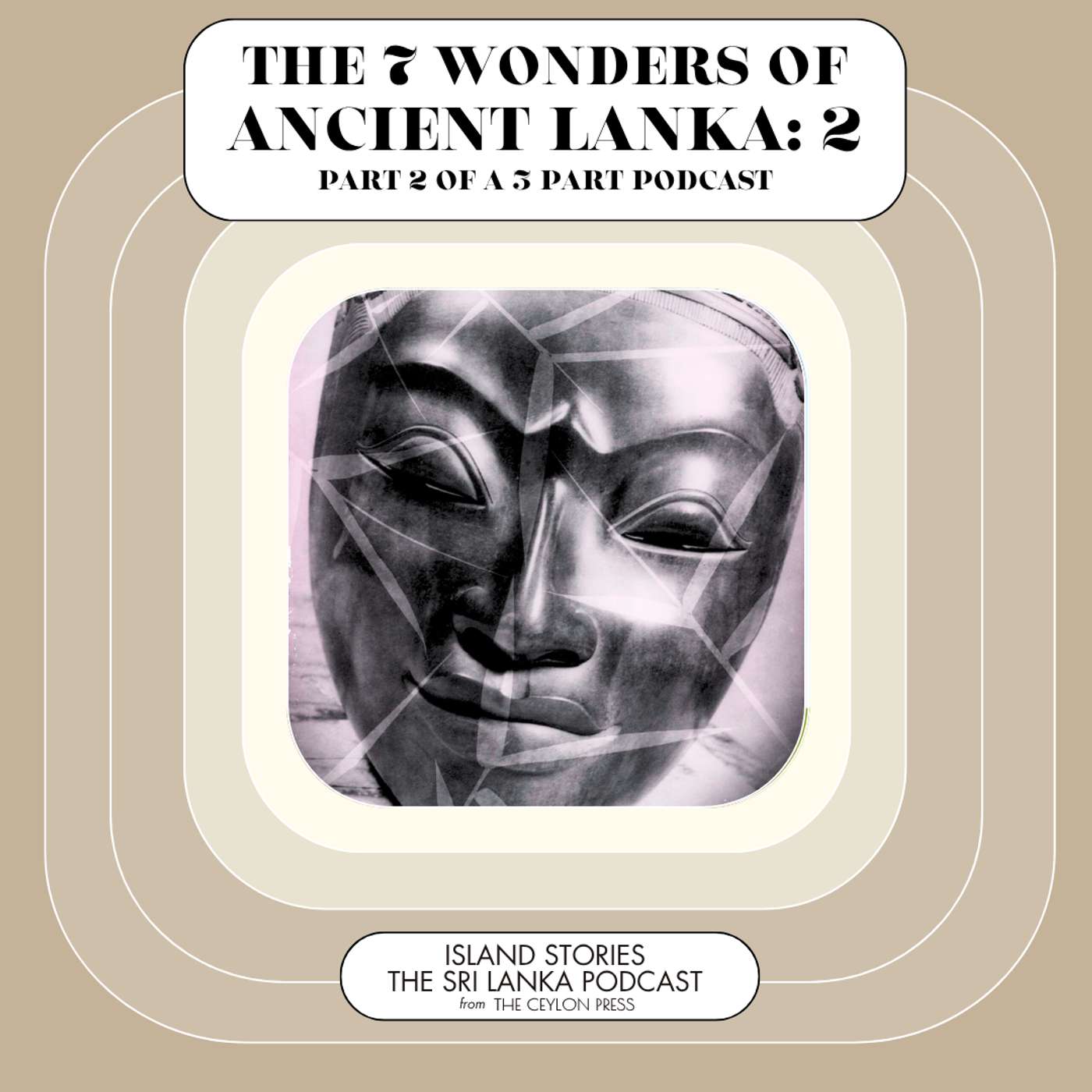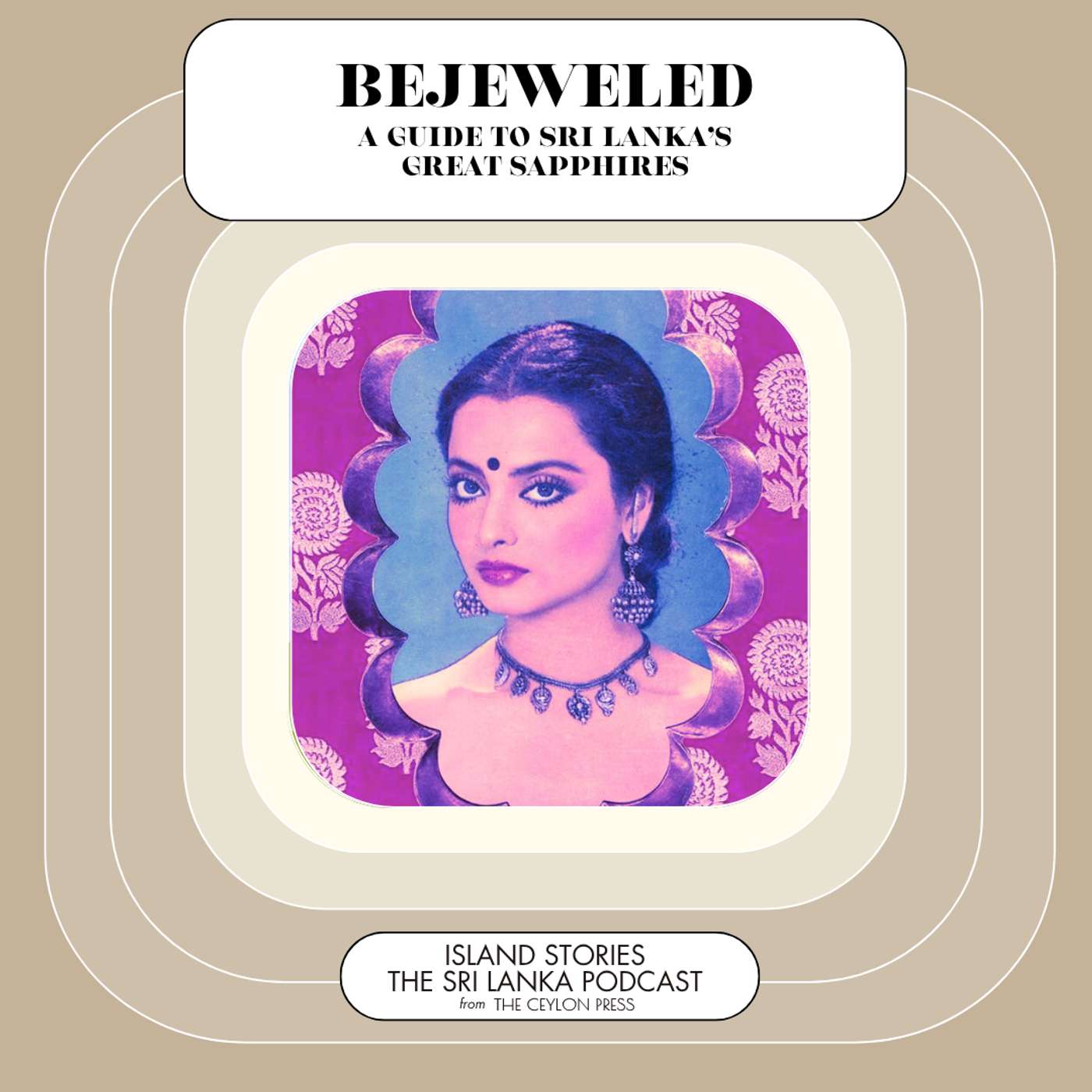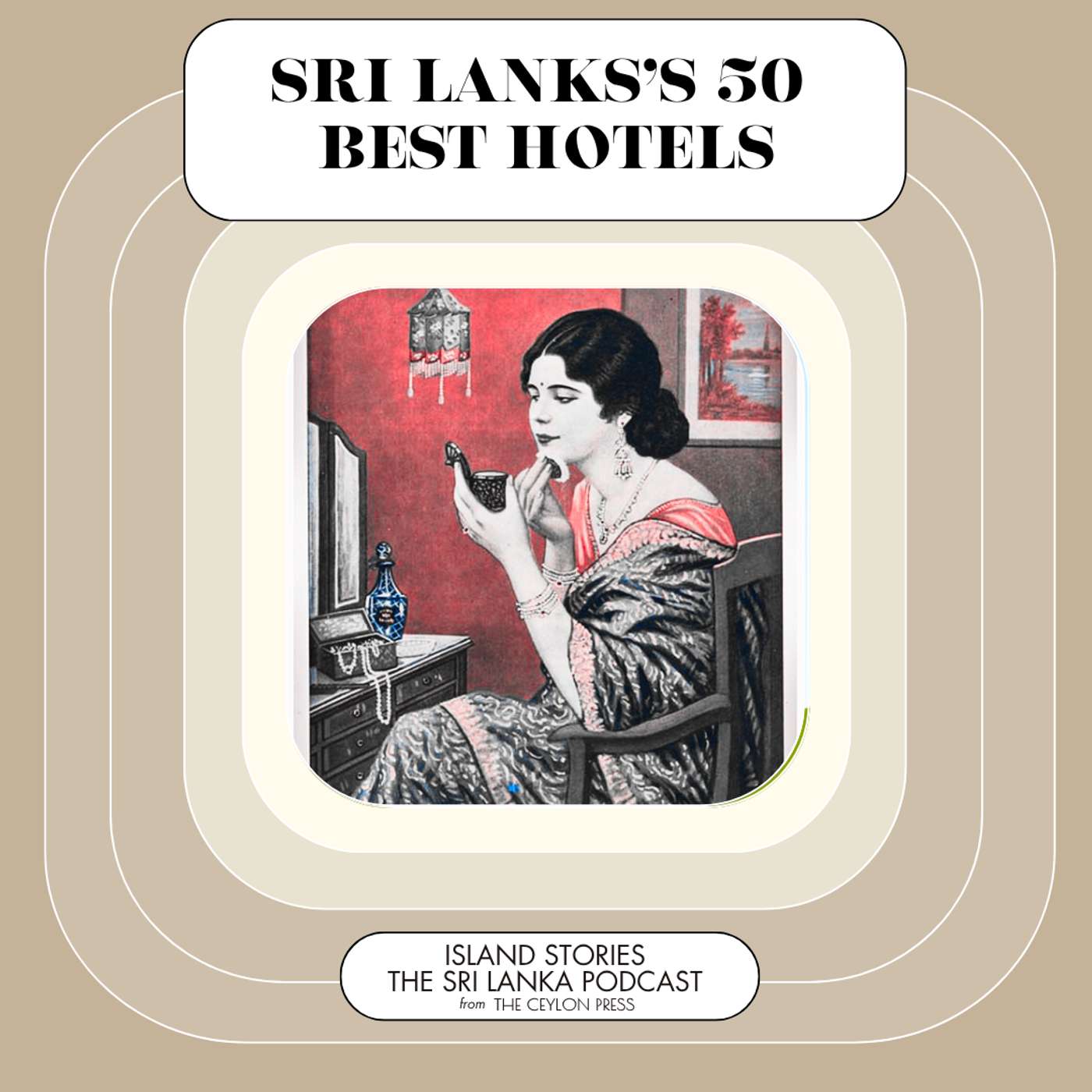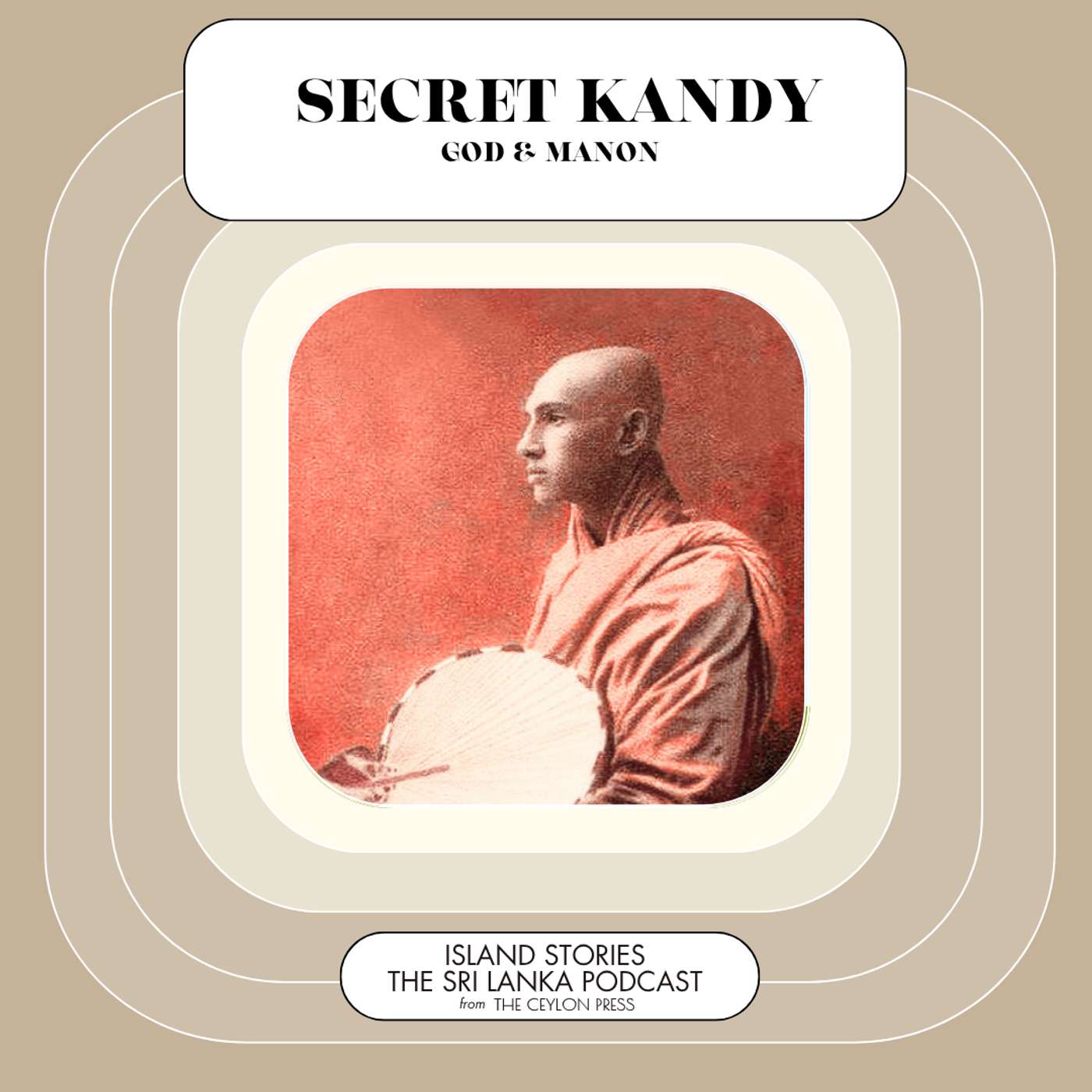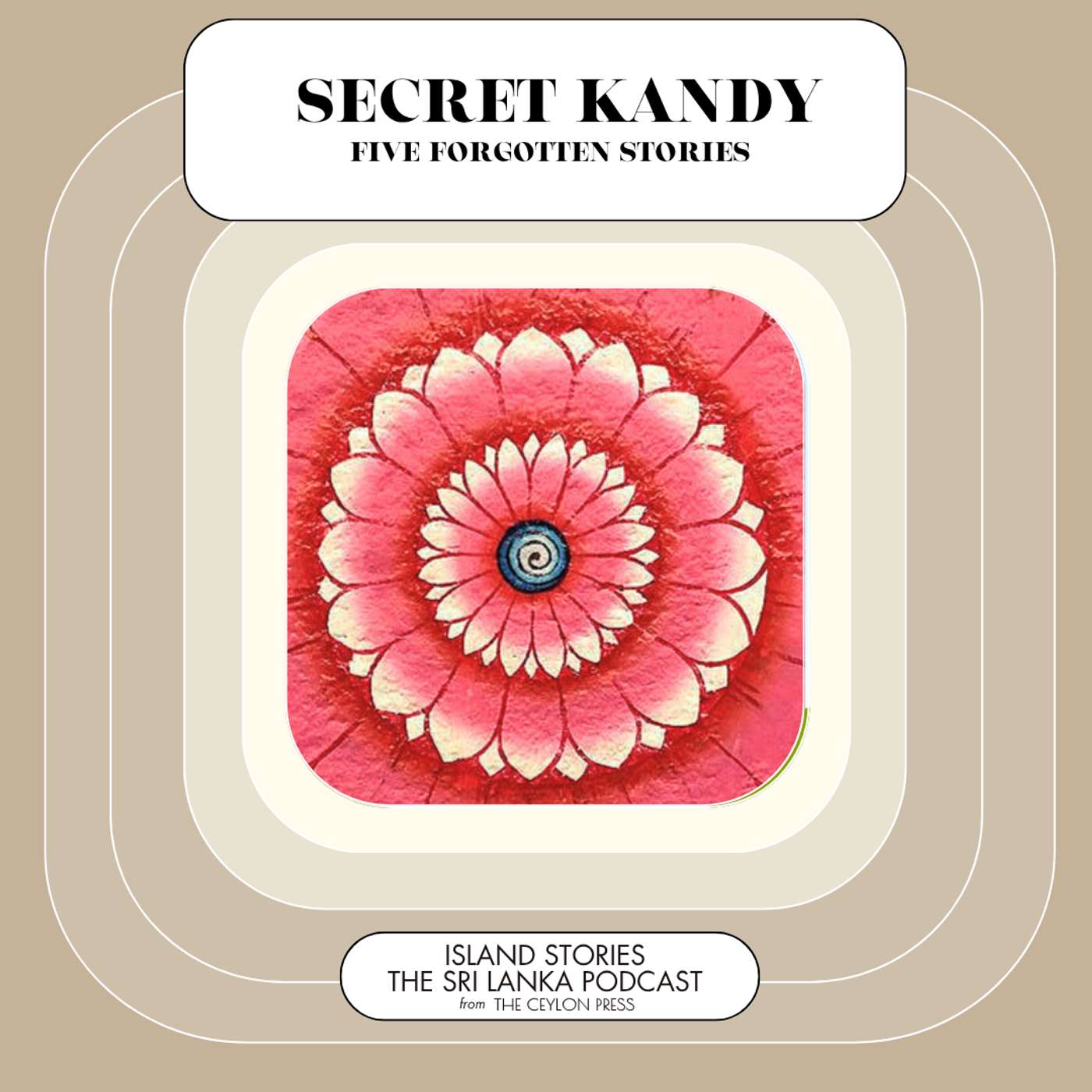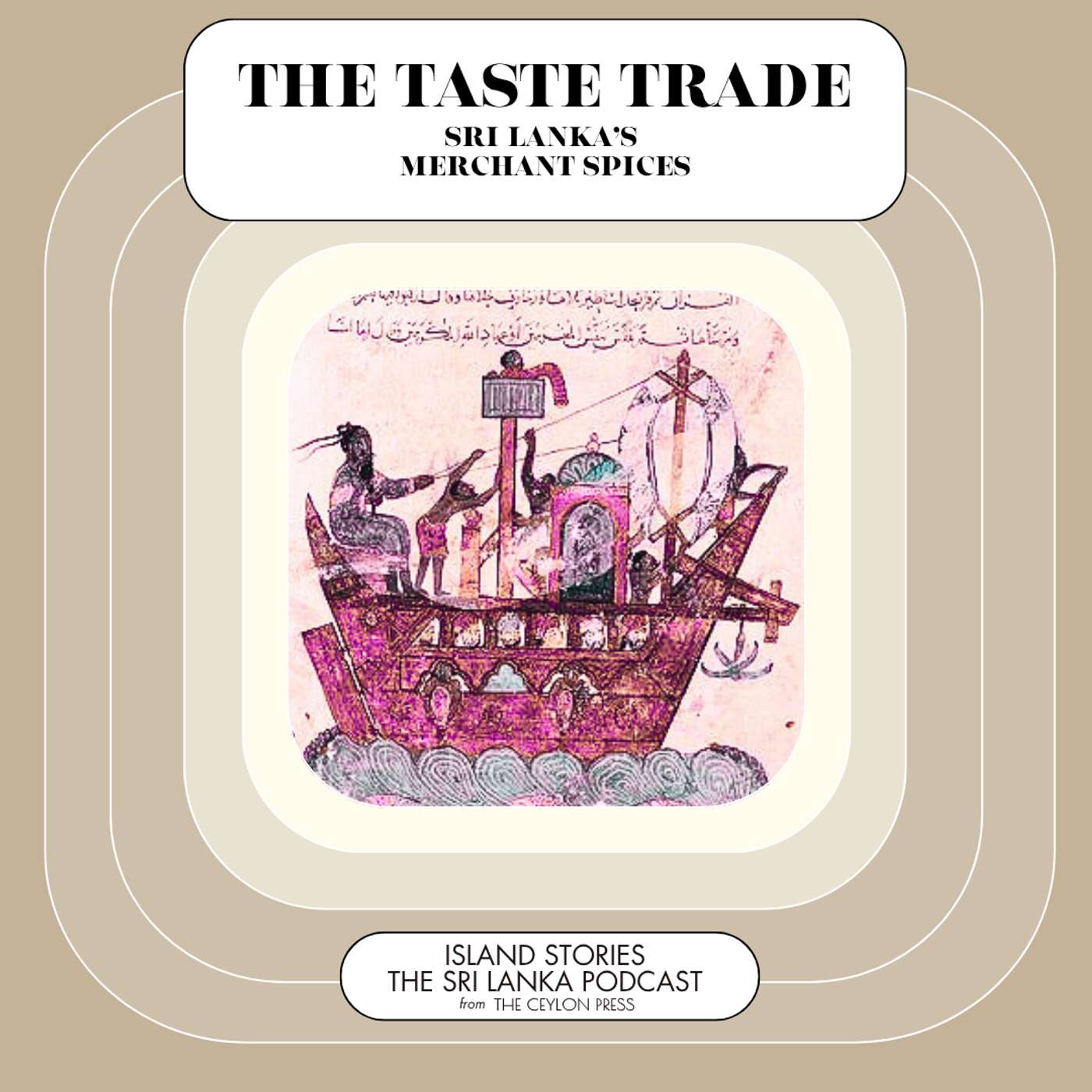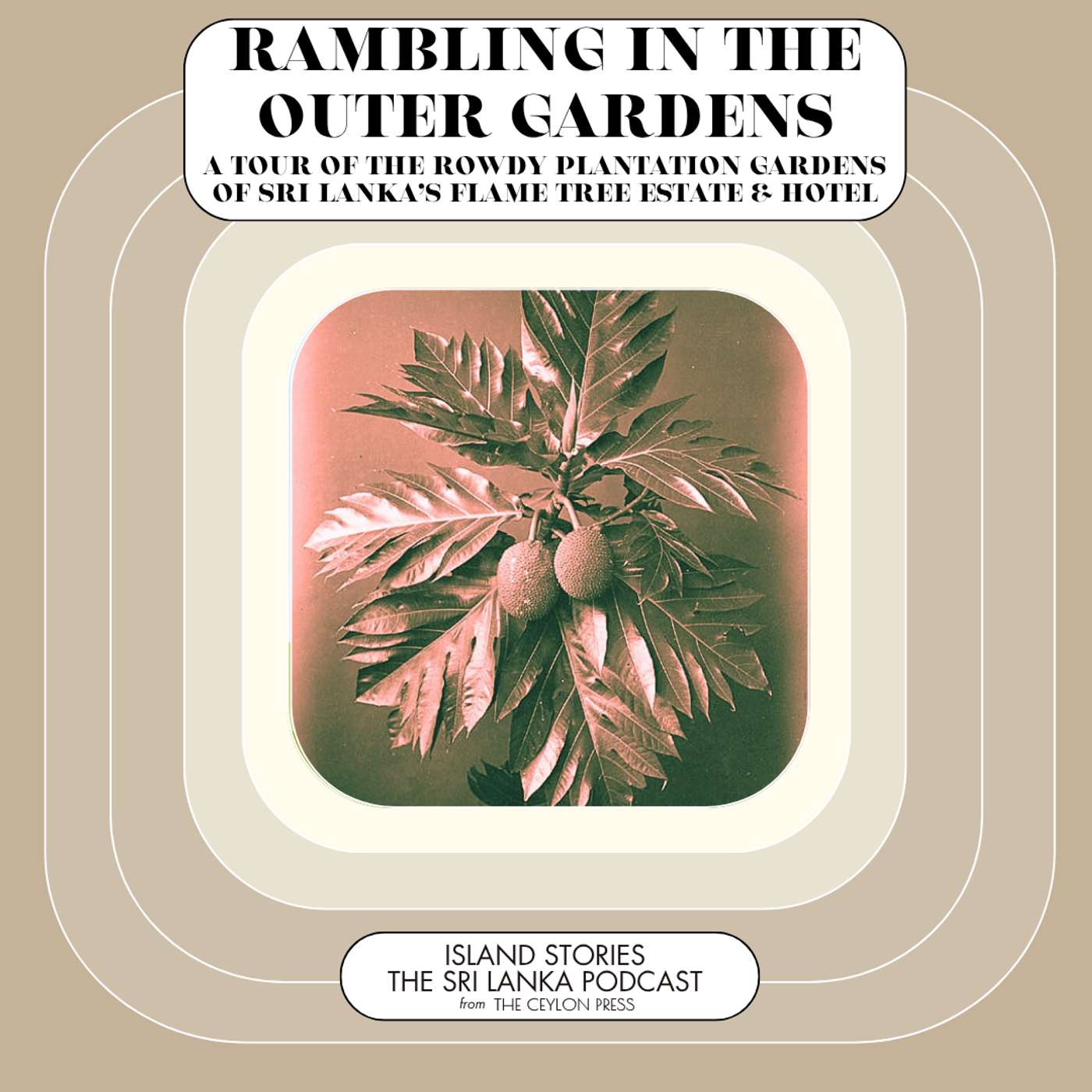The Seven Wonders of Ancient Lanka: Part 3
Description
Reservoir, tree, stupas. All came before this, ancient Sri Lanka’s fourth great wonder - a palace built to escape death and suffering. Built by the self-same great king, Dutugamunu, who commissioned the Ruwanweliseya, the oldest of Aurnadupura’s three great stupas, the Brazen Palace, or Lowamahapaya, was built between 161 BC to 137 BC. Its name “brazen” comes from the brass or copper roof tiles that covered it.
For centuries this was the island’s most magnificent building. The king had his architects draw up no-limit plans for an opulent palace monastery, two hundred feet long, rising up nine stories and a further two hundred feet, each story punctured by a hundred windows. Observers spoke of the entire edifice containing a thousand rooms – an obvious exaggeration, but one that was not really required. For the building was, by any standards anywhere in the ancient world, a masterpiece.
Inside the vast structure golden pillars held up the roof of a special throne hall, its centerpiece an ivory throne centred between the titanic images of a golden sun; and a moon and stars picked out in silver and pearls. The gilded roof glinted so fiercely in the sunlight that it could be seen from miles away. No expense was spared in its furnishings either. Even the water basins positioned for the washing of feet and hands at its entrance were said to be of gold.
Each floor of the building was given over for the use of monks in varying stages of sanctification as they travelled the Eightfold Path to Enlightenment. Naturally, the lowest floor, the Buddhist equivalent of Perfumes & Make Up in a Department Store, was reserved for those who had yet to achieve anything. If not quite the habitat of the hoi polloi, it was not that far off either.
The second floor, however, was allocated for those who had mastered the Tripitaka – three texts in the Buddhist Pali Canon, mostly concerned with doctrinal requirements and monastic rules.
It was only on reaching the third floor of this extraordinary structure that you could encounter monks who had made a real step change, for these ones had attained Sotapatti, the first stage of sanctification – an achievement made possible by having trounced indecision and an obsession with individuality, and rituals.
The fourth floor was populated by monks who had added to this achievement by making serious inroads to eradicate all tendencies towards ill-will. And, more importantly, any thoughts of sensuality.
On the fifth floor lived the Anagamin monks – those who were now seeking to overcome pride, restlessness, ignorance, fine things, and immaterial cravings in order to become an arhat. And above them all, in the upper stories of this temple of gold, lived the Arahats themselves. This lofty station, the goal of all practicing Buddhists, was reserved for those who have finally achieved Nirvana. Not for them the irksome and interminable cycle of rebirth.
Despite the building burning down, it was faithfully rebuilt in all its brilliance by King Saddha Tissa, Dutugemunu’s brother. Further repairs were carried out a hundred and twenty years later and a pavilion decorated with gemstones was added. But by the time of King Siri Naga I, sometime after 195 CE, the repairs carried out on this and other buildings in Anuradhapura were noticeably more modest in their goals.
Buildings such as this one, were made good, but reduced in size and scope, the easier for maintaining perhaps – or maybe because there was just insufficient money to keep them as they had been first envisioned. It was, in its own grey and mildly dispiriting way, a metaphor for its time.
Today you need a rich imagination and a keen sense of history to imagine how the Brazen Palace would have looked – even in Siri Naga I’s time. Destroyed eight hundred years later in the tenth century by Tamil invaders, it is today reduced to one thousand six hundred granite columns set in forty rows – all that survives of its once colossal walls.
As Shelley might have said had he added Sri Lanka to his well-documented French, Swiss, German, Dutch, and Irish holidays: “nothing beside remains. Round the decay of that colossal wreck, boundless and bare,” stretch yet more ruins, scrub, and jungle.
Sri Lanka’s fifth great wonder is a mystery. Perishable, yet still found in almost every island household at some point in any week, its origins may be obscure, but historians appear to agree on one thing: it is uniquely Sri Lanka, originating here at some very distant point in the remote past before being adopted in many other parts of South Asia, and even further afield.
Uniquely, it is also a wonder that can be constructed by almost anyone who knows how to boil rice. The recipe is simple. Once boiled, you add coconut milk to the rice for 5 more minutes of cooking until no liquid is left. Then slice it into shapes – diamonds are a favourite - and leave it to cool and dry a little more.
Kiribath, the name of the dish, is the ultimate comfort food. And yet like Dior’s little black dress, is immensely versatile too. It can be served with anything: poached eggs, Fois gras, curry, marmalade - but by far the best consumable accessory is Seeni Sambol, a sweet, tangy, caramelized onion flavoured with all the spices for which the island is so famous - tamarind, cinnamon, cardamom, cloves, curry and pandan leaves, chilli and turmeric.
Most, if not all the food made on ther island, can be found elsewhere: in India of course, but also the Maldives, Malaysia, the Arab world, Portugal, Holland, and Britain. These shared dishes have, over the centuries, evolved to become distinctly Sri Lankan but only kiribath seems to have started its world journey from this island.
It is also the only food item to have inspired a stupa – the Kiribath Vehera in Anuradhapura, a small, barely standing and much overlooked stupa of almost unimaginable antiquity that once was said to house the sacred tooth relic itself, whose own origins, like the dish itself are equally opaque.
Yet kiribath’s very existence signifies several fundamental things about Sri Lanka that reach far further than mere corporeal cravings.
Like so many other Asian countries, rice is the country’s staple food, more so even than bread in the west. Sri Lanka devours over 2.4 million metric tons of it annually.
A semi aquatic plant, rice needs water to grow – around 2,500 litres of it for every kilo of harvested rice. Had ancient Sri Lanka rested on the calibre of those distant aquatic laurels that gave rise to Panda Wewa in the 4th century BCE, the country would have evolved little further than a few modest kingships. To grow the vast amounts of rice that were needed then, as now, huge advances in water technology were needed.
And these are best epitomised by bisokotuwas – cutting edge sluices, their design and position modified and perfected by the kingdom’s hydrogeological engineers, the Quantum Computing scientists of their day.
Their revolutionary innovations were far in advance of anything anywhere else in the world; and ensured that water could exit a reservoir without putting so much pressure on the dam embankment that it would collapse. But at scale – for this was the breakthrough.
The new sluice designs green lit the possible size of reservoirs, allowing them t...






